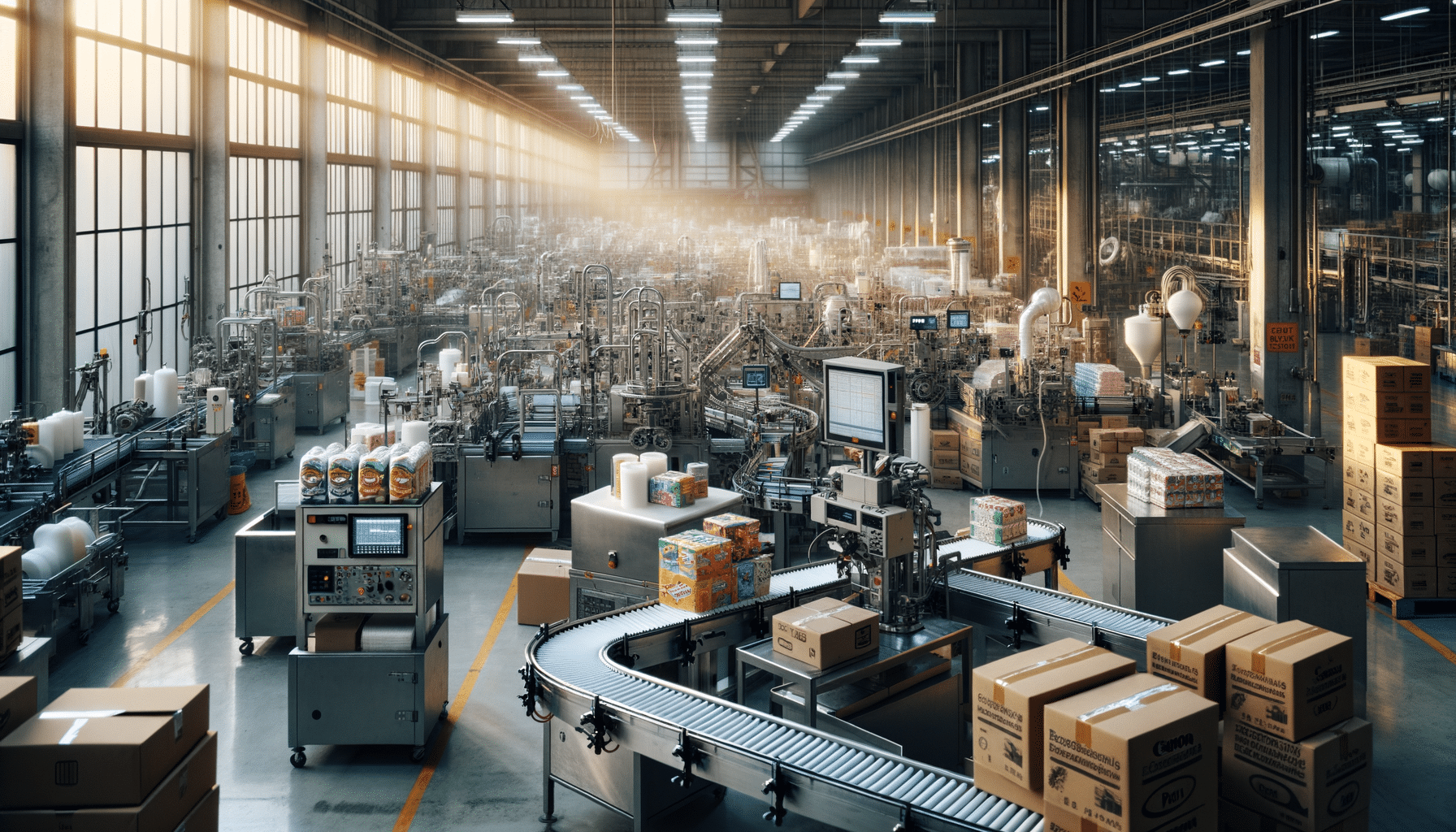
Exploring Opportunities in the Food Packaging Industry
Introduction to Food Packaging
Food packaging plays a crucial role in the food industry, serving as a protective barrier that preserves the quality and safety of food products. This industry is not only essential for maintaining the integrity of food items but also for enhancing their shelf life. With the global food trade expanding, the demand for innovative packaging solutions has never been higher. Food packaging provides numerous job opportunities, making it an attractive sector for those seeking employment in a dynamic and evolving field.
The packaging process involves several stages, from designing and testing to production and distribution. Each stage requires specialized skills and offers various career paths. As consumer preferences shift towards sustainable and eco-friendly options, the industry is also adapting, opening doors for innovation and creativity. Understanding the intricacies of food packaging can provide insights into how this industry supports global food supply chains and contributes to food safety and sustainability.
Technological Advances in Food Packaging
Technological advancements have significantly transformed the food packaging industry. Innovations such as smart packaging, which includes features like temperature indicators and freshness sensors, are revolutionizing how food products are stored and transported. These technologies not only enhance the safety and quality of food but also provide valuable information to consumers.
Another notable advancement is the development of biodegradable and compostable packaging materials. As environmental concerns grow, the industry is under pressure to reduce its carbon footprint. Materials like polylactic acid (PLA) and other plant-based polymers are gaining popularity as they offer sustainable alternatives to traditional plastic packaging. These materials are designed to break down naturally, minimizing environmental impact.
The integration of digital technologies, such as QR codes and blockchain, is also reshaping the industry. QR codes on packaging allow consumers to access detailed product information, including origin, nutritional content, and allergen alerts. Blockchain technology enhances transparency and traceability, ensuring that food products are authentic and safe for consumption. These technological innovations not only improve efficiency but also build consumer trust.
Sustainability in Food Packaging
Sustainability is a driving force in the food packaging industry, influencing both consumer choices and corporate strategies. As awareness of environmental issues increases, there is a growing demand for packaging solutions that minimize waste and reduce environmental impact. Companies are investing in research and development to create packaging that is not only functional but also environmentally friendly.
One approach to sustainable packaging is the use of recycled materials. By incorporating recycled content into packaging, companies can reduce the demand for virgin materials and lower their carbon footprint. Additionally, innovations in packaging design, such as lightweighting, help to reduce material usage and transportation costs.
Another aspect of sustainability is the adoption of reusable packaging systems. These systems encourage consumers to return packaging for refilling, reducing the need for single-use containers. This model not only benefits the environment but also fosters a circular economy, where resources are reused rather than discarded.
Overall, sustainability in food packaging is a multifaceted challenge that requires collaboration between manufacturers, consumers, and policymakers. By prioritizing eco-friendly practices, the industry can contribute to a more sustainable future.
Career Opportunities in Food Packaging
The food packaging industry offers a wide range of career opportunities, catering to diverse skill sets and interests. From research and development to production and quality control, the sector requires professionals with various expertise.
In research and development, scientists and engineers work on creating new packaging materials and improving existing ones. Their role is crucial in developing innovative solutions that meet consumer demands and regulatory standards. Production roles involve operating machinery and overseeing the manufacturing process to ensure that packaging is produced efficiently and to high standards.
Quality control specialists are responsible for ensuring that packaging meets safety and quality requirements. They conduct tests and inspections to identify any defects or issues that could compromise food safety. Additionally, roles in marketing and sales are essential for promoting new packaging solutions and understanding consumer trends.
With the industry’s focus on sustainability and technology, there are also emerging roles in areas such as environmental management and digital marketing. These roles require individuals who can think creatively and adapt to changing market dynamics. Overall, the food packaging industry offers a dynamic and rewarding career path for those interested in contributing to a vital aspect of the food supply chain.
Challenges and Future Trends in Food Packaging
The food packaging industry faces several challenges that require innovative solutions. One of the primary challenges is balancing the need for effective packaging with environmental concerns. As regulations around packaging waste become stricter, companies must find ways to comply while maintaining product quality and safety.
Another challenge is the increasing demand for convenience. Consumers are looking for packaging that is easy to use and transport, which requires companies to design packages that are both functional and user-friendly. This demand for convenience also extends to online shopping, where packaging must protect products during transit.
Looking ahead, the industry is expected to continue evolving with trends such as personalized packaging and augmented reality. Personalized packaging allows brands to create unique experiences for consumers, enhancing brand loyalty. Augmented reality, on the other hand, offers interactive experiences that engage consumers and provide additional information about products.
In conclusion, the future of food packaging will be shaped by the need for sustainability, technological innovation, and consumer engagement. By addressing these challenges and embracing new trends, the industry can continue to thrive and support the global food supply chain.


